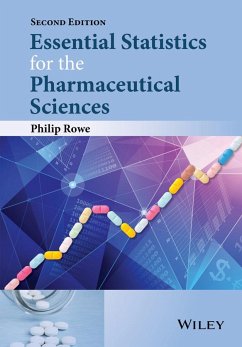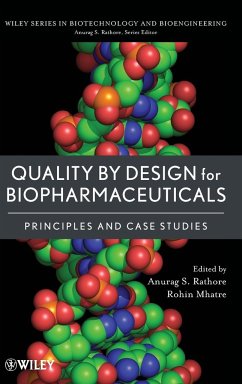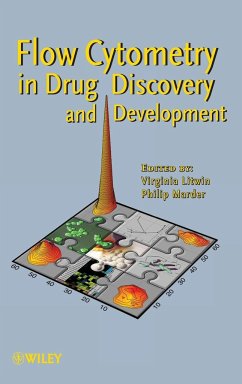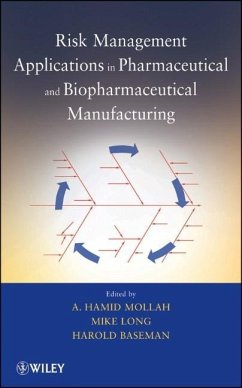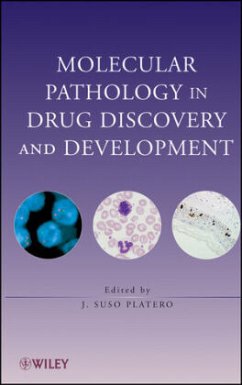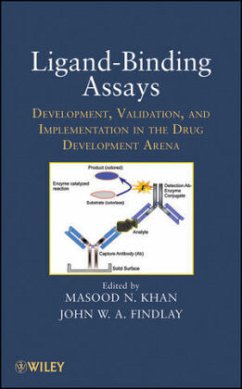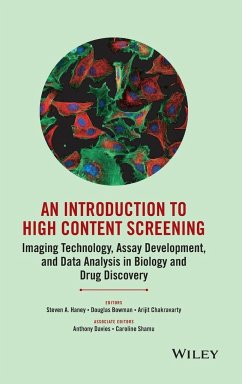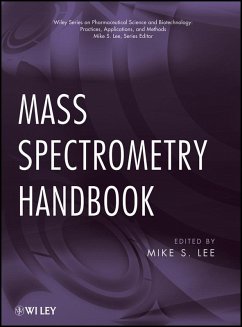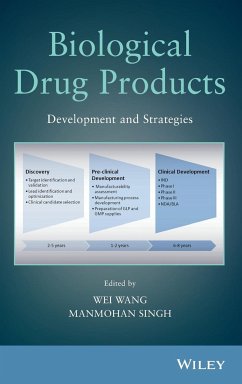
Assay Development
Fundamentals and Practices

PAYBACK Punkte
85 °P sammeln!
The first comprehensive, integrated treatment of the subject, Assay Development: Fundamentals and Practices covers the essentials and techniques involved in carrying out an assay project in either a biotechnology/drug discovery setting or a platform setting. After discussing the basics, it explains the treatment of assays for purified protein, cell based assays, and high throughput screening. It includes good practices and case studies. This is a premier resource for biotechnologists, analytical chemists, biochemists, medicinal chemists, toxicologists, and others, and an excellent text for pro...
The first comprehensive, integrated treatment of the subject, Assay Development: Fundamentals and Practices covers the essentials and techniques involved in carrying out an assay project in either a biotechnology/drug discovery setting or a platform setting. After discussing the basics, it explains the treatment of assays for purified protein, cell based assays, and high throughput screening. It includes good practices and case studies. This is a premier resource for biotechnologists, analytical chemists, biochemists, medicinal chemists, toxicologists, and others, and an excellent text for professors preparing students to enter the biotechnology and pharmaceutical industries.



